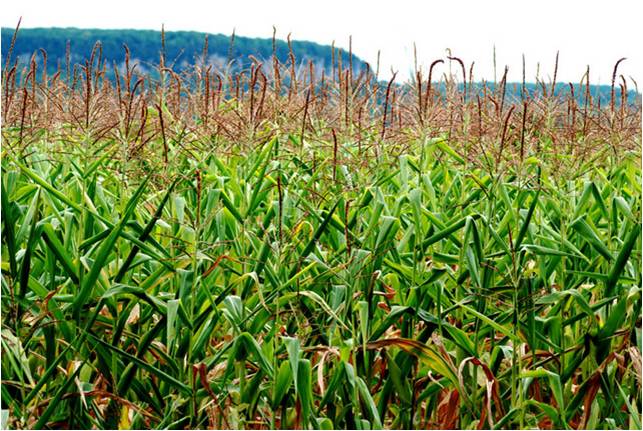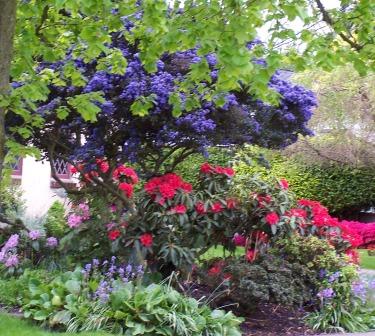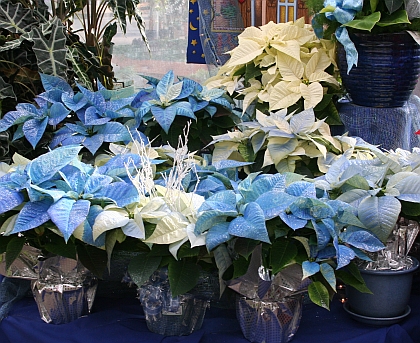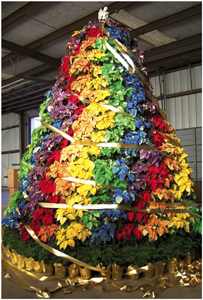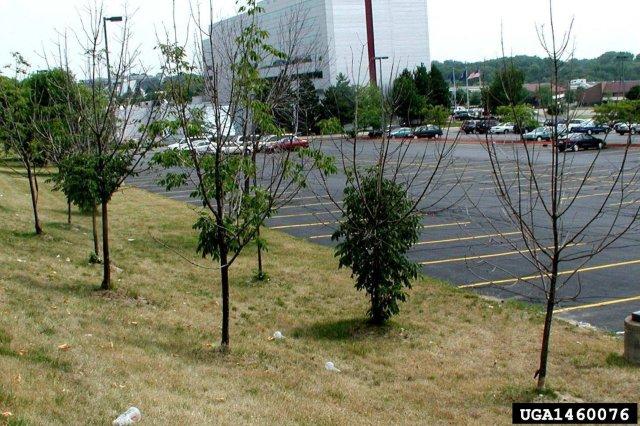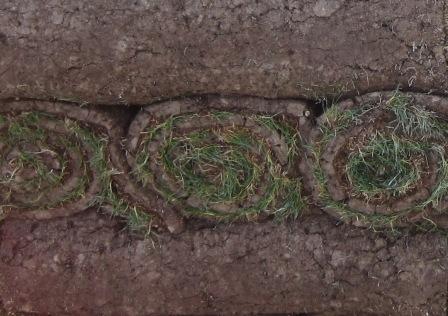OK, it’s the middle of December so I get to indulge my passion for Christmas trees. One of the most interesting projects I’ve gotten to work on during my time at Michigan State is a study to look at alternative species of firs (Abies spp) for Christmas trees and well as for landscape conifers. Firs are fascinating trees that are distributed throughout temperate regions of the northern hemisphere. There are about 50 species, many of which are important for timber, landscaping or Christmas trees.
For those of you that put off your Christmas tree shopping until the end (or want to start thinking about next year’s tree) here are three trees to keep an eye out for.
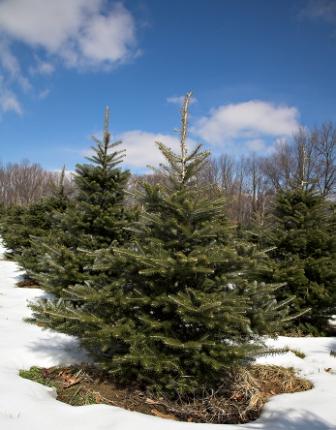
Korean fir Abies koreana We have several growers in Michigan that are now growing Korean fir. It has relatively short needles that have a bottle-brush arrangement on the stem. The color is often described as dark green, but I’d say the needles tend more to a true green or Kelly green with a silvery underside.
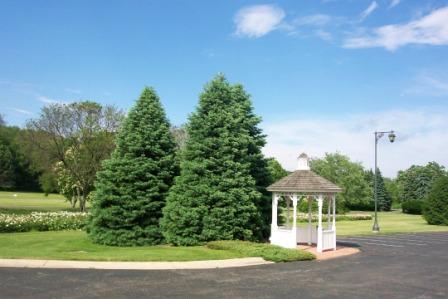
Concolor fir also makes a great landscape conifer
Conolor fir Abies concolor I grew up in the Northwest so I always knew this tree as white fir until I moved to the Midwest. In any case, it’s a great tree. Long, soft-blue needles. Depending on the seed source they can be as blue as a blue spruce. The main draw-back here in Michigan is that concolor tend to break bud early, which makes them susceptible to frost damage in the spring. Their citrus-like scent is hard to beat.
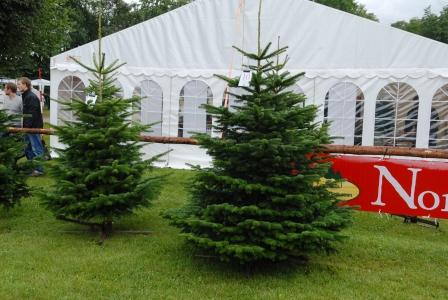
Danish growers compete for the best Nordmann fir in the “Fight for the Golden star” at their annual tree fair.
Nordmann fir Abies nordmanniana Denmark is the leading producer of Christmas trees in Europe and Nordmann fir is their principle species. The Danes like Nordmann because of its deep, dark green color and natural form and symmetry. Europeans don’t like their Christmas trees sheared so they rely heavily on genetics and selection to find trees that naturally have good form. We’re starting to see more Nordmann in the US, both here in the Midwest and in the Northwest. Growers complain that the trees are slow-growing to start but I think some US consumers are looking for a more open, natural-looking tree and Nordmann can fill this niche.


